Simply said when shooting a gun, unless you are using “Kentucky windage,” your Point of Aim (POA) must nearly match your Point of Impact (POI) if you want to hit your intended target. You must realize that the POI will shift, and the shift depends on several factors. When it comes time to sight-in (zero) your rifle for hunting season, you must understand the causes of POI shift and take them into consideration. This is particularly true if you zero unsuppressed and then hunt with a suppressor on your rifle. All too often, hunters don’t consider the factors that come into play that affect where their bullets are actually going to hit.
Sponsored by SilencerCo
Plain and simple, POI is where the bullet actually hits and POA is where you are aiming. When you sight-in or zero a rifle, you marry these 2 points to make sure your bullets hit the target.
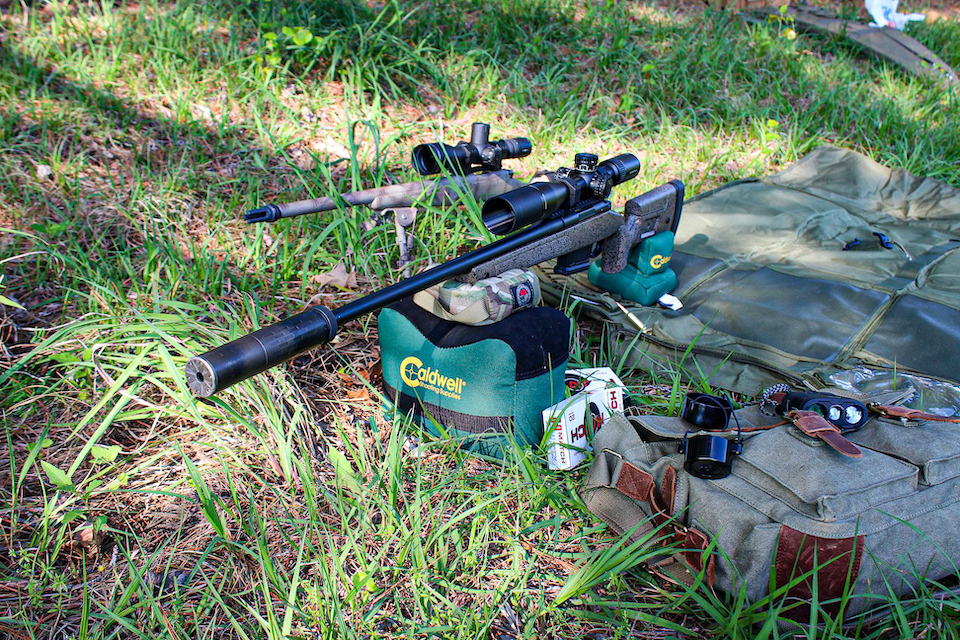
POI is where the bullet hits, and the object of hunting is to hit an animal in the correct spot with a bullet. As such, it’s important to consider factors that cause POI shifts prior to hitting the range or setting out on a hunting trip. I always shoot suppressed, and since shooting suppressed causes a POI shift, I have to be sure and sight-in my rifle with the suppressor attached. At close ranges (100 yards), POI shift is usually minimal. As you can see in the photo below, the shooter used 175-grain match .308 ammo, while shooting through a SilencerCo Harvester suppressor.
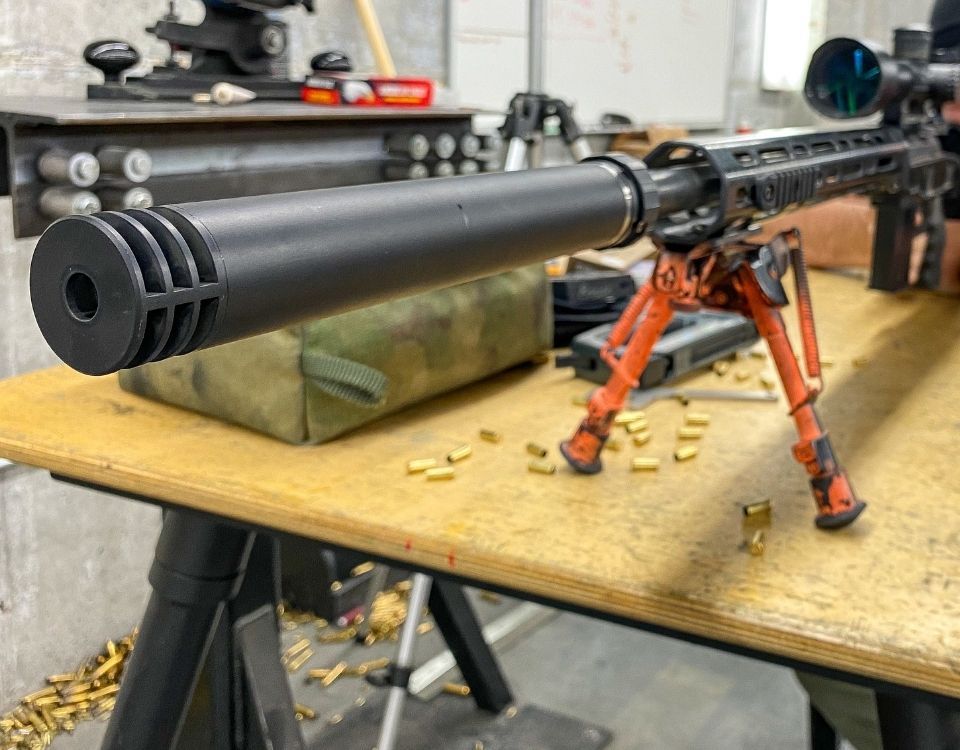
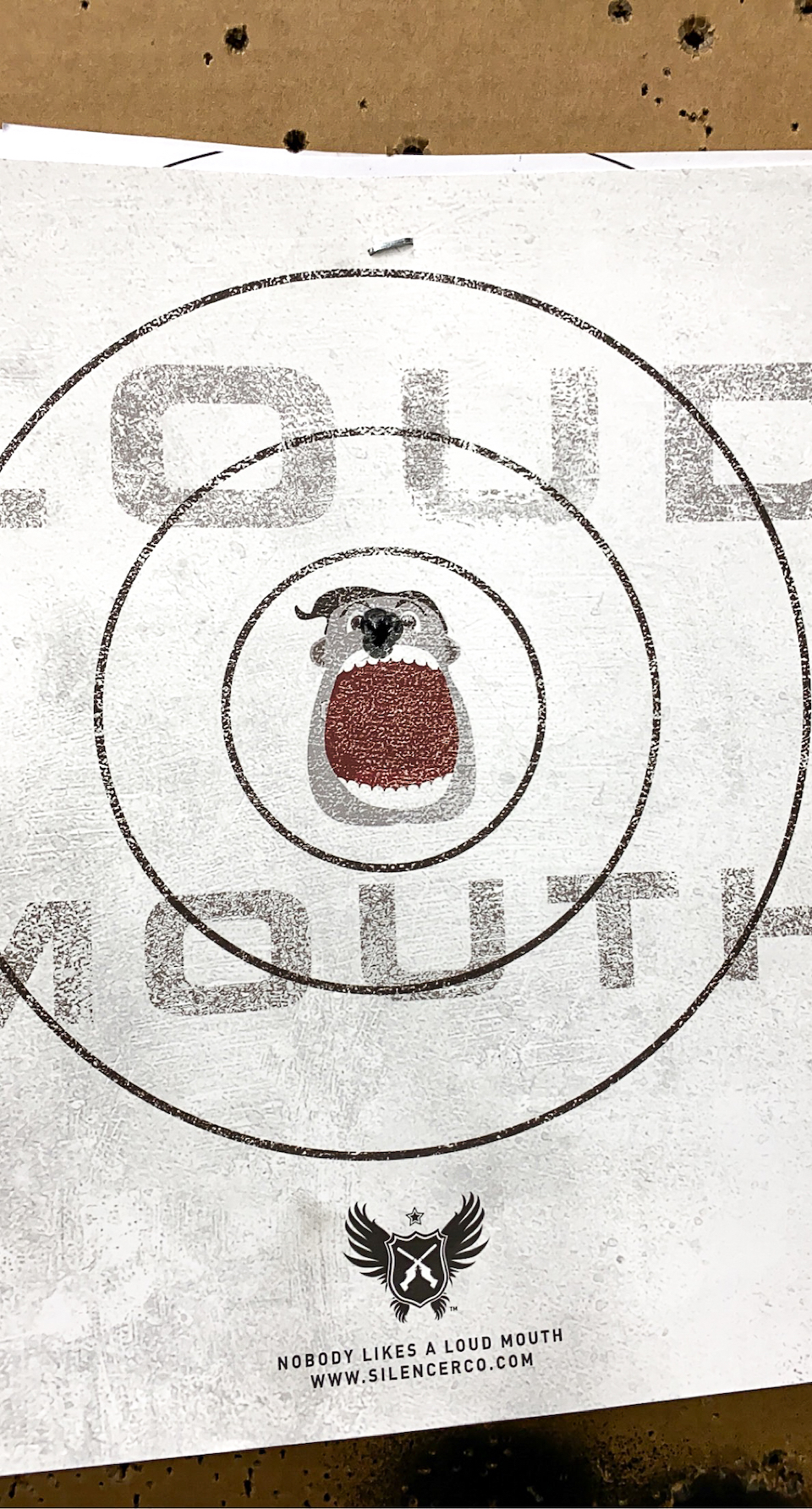
Anything that affects how the gun barrel vibrates or how the gun moves in the first stages of recoil causes a POI shift. Barrel vibrations come into play, but I’m not going to go into too much detail on that. In short, the explosion of the cartridge powder charge, bullet travel down the barrel, barrel length, contact between the stock and the barrel, and barrel weight and weight distribution affect how the barrel vibrates. Therefore, when you make any changes whatsoever to the barrel, such as hanging a weight (a suppressor) on the end of it, you will experience a shift in POI. Adding a suppressor also affects the pressure in the barrel, affecting barrel vibrations.
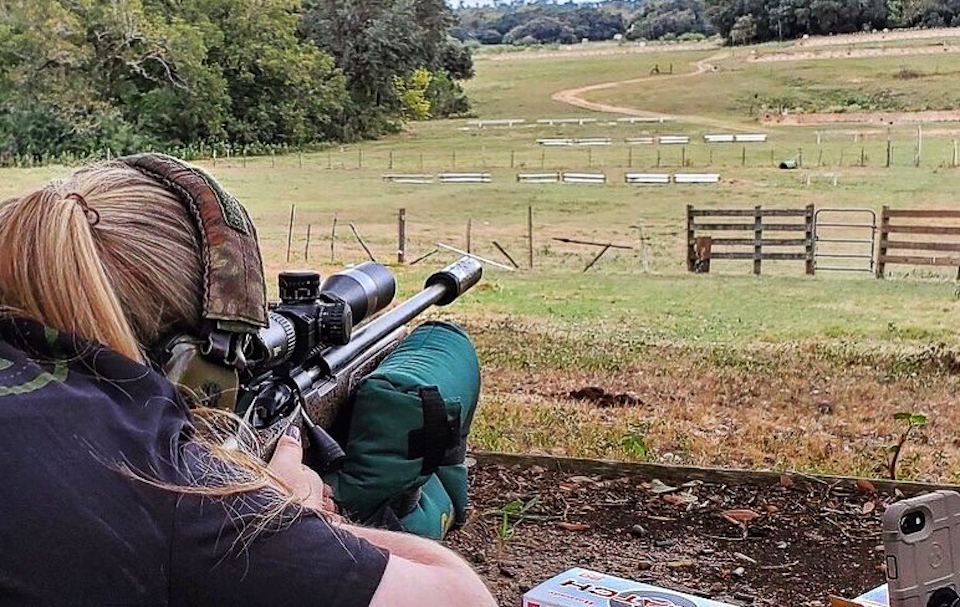
Sometimes you will encounter a perfect match as far as the suppressor’s weight in relation to the ammunition performance and the barrel’s length and profile, which will result in very little POI shift. Whether you use a direct thread, threaded muzzle brake, or flash hider, the type of mount you use to attach the suppressor can affect the POI as well. Usually, POI shifts due to mounting a suppressor on a rifle only are a couple of inches at 100 yards. However if you experience a shift of 6 inches or more at 100 yards it’s time to further explore what is causing that large of a shift. Below you can see the difference from the photo above; although minimal, there was a POI shift when I shot the rifle without a suppressor.
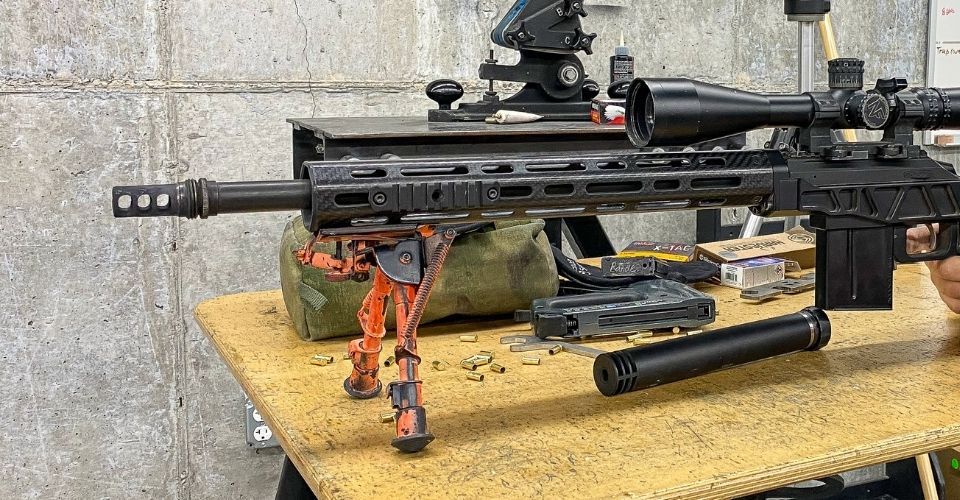
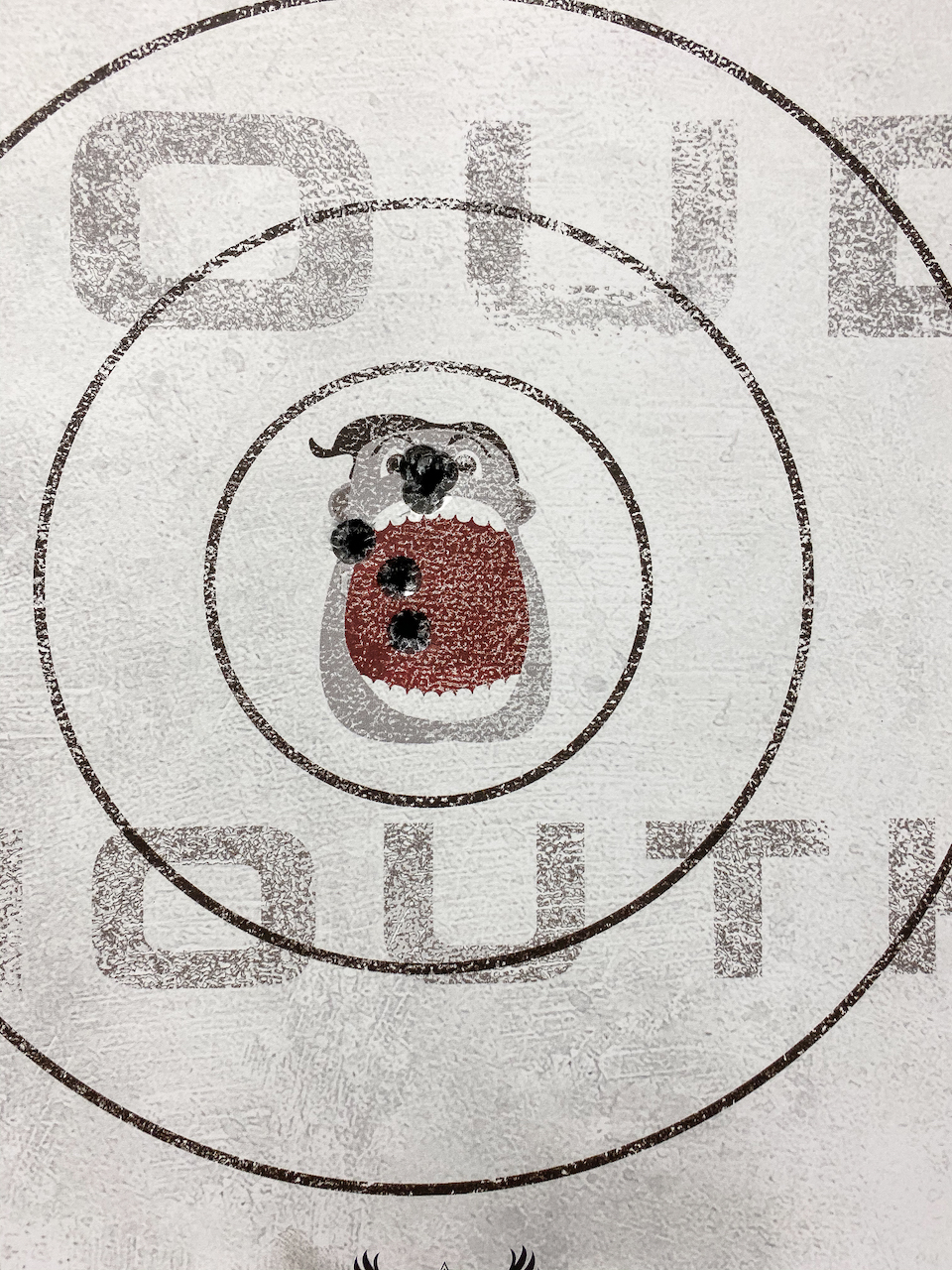
Once you zero your rifle with the suppressor, you can also enjoy the benefit of improved accuracy over shooting an unsuppressed rifle. Scaling down sound levels should allow for less of a tendency to flinch when anticipating the shot, which therefore leads to better shot placement. I’m a firm believer that using a suppressor helps a shooter focus more on the target and shooting fundamentals than on the noise and recoil.
Another factor in POI shift is ammunition. I mention this because it is not likely when you zero your rifle + suppressor combination with one specific ammo lot that your zero will still be good with a different batch of ammo. It’s critical to sight-in your system with the load you plan to use while shooting.
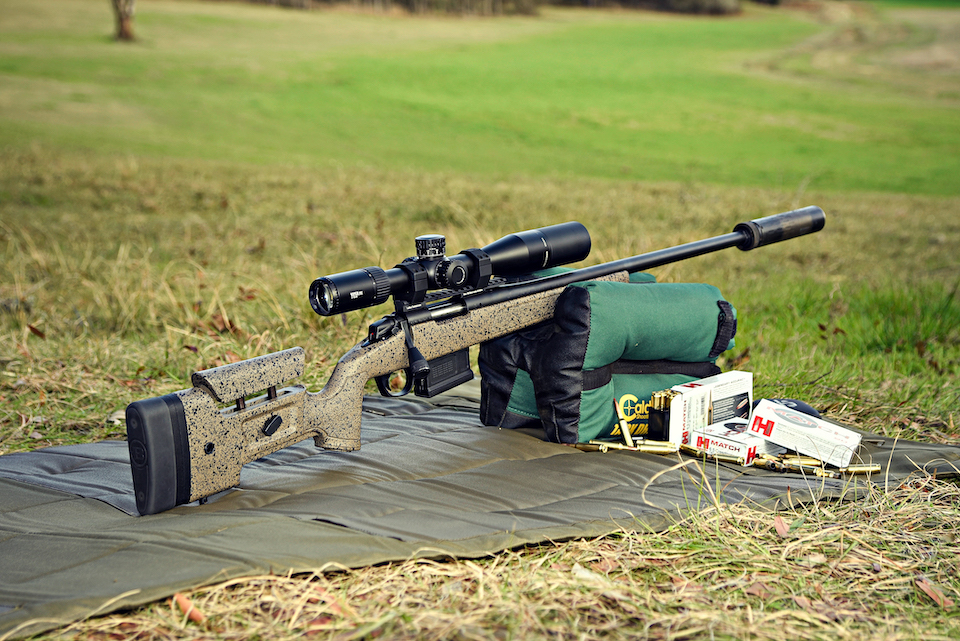
In conclusion, always zero your rifle using the exact setup you plan to use in the field, to include ammo (and if possible at a similar temperature as you expect to experience in the field, as temperature affects ammo performance). Any time you change your ammo, add or remove a suppressor, or move your optic, you’ll need to re-zero. If you plan to shoot both suppressed and unsuppressed, be sure and make note of your POA adjustments for both. Adding a suppressor isn’t an issue, the POI shift is just a factor to be aware of to make sure and stay as accurate as possible. Keep the whole setup in mind when making adjustments and you’re sure to stay on target.
The great outdoors has always been a mainstay in Brooklee Grant’s life. She grew up hunting whitetail and fishing in the Pineywoods of East Texas. Ever since childhood, her life has revolved around being active in nature, and not a day goes by that she’s not thinking about hunting. She is a duck hunting fanatic; in fact, in the fall, you might just catch her trying to squeeze in a hunt before work. When she's not busy chasing deer or ducks, she enjoys hunting turkey, feral hogs, and dove. She also casts the occasional line for big bass. She and her husband enjoy building guns and target shooting (including long range shooting). Brooklee is active in her church and community. She belongs to many wildlife conservation organizations and is the social media committee chair at the Texas Outdoor Writers Association. In her spare time, Brooklee settles down to cook, garden, write and spend time with her friends and family. View all posts by Brooklee Grant